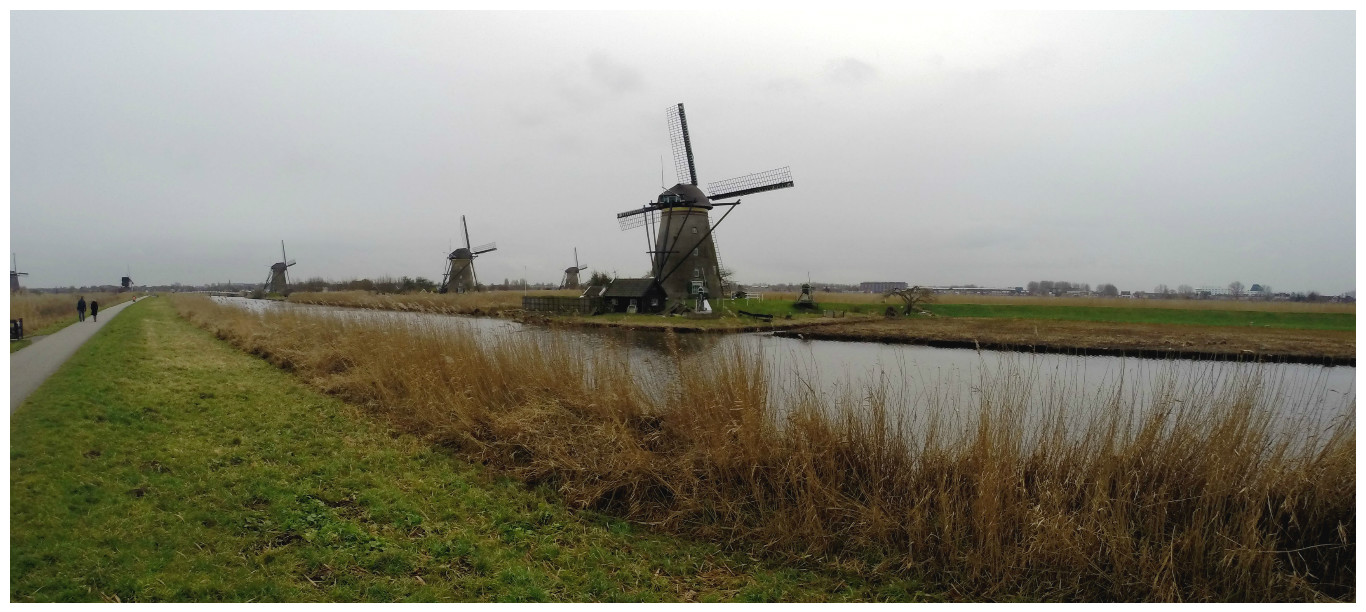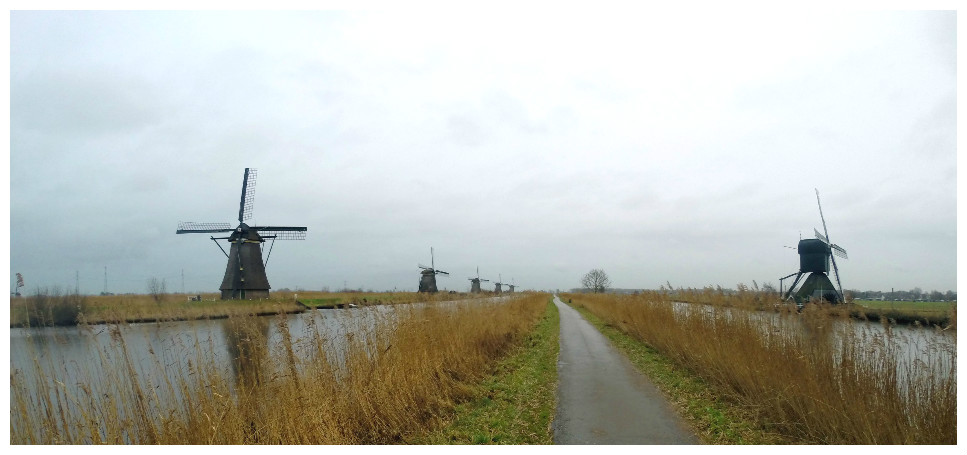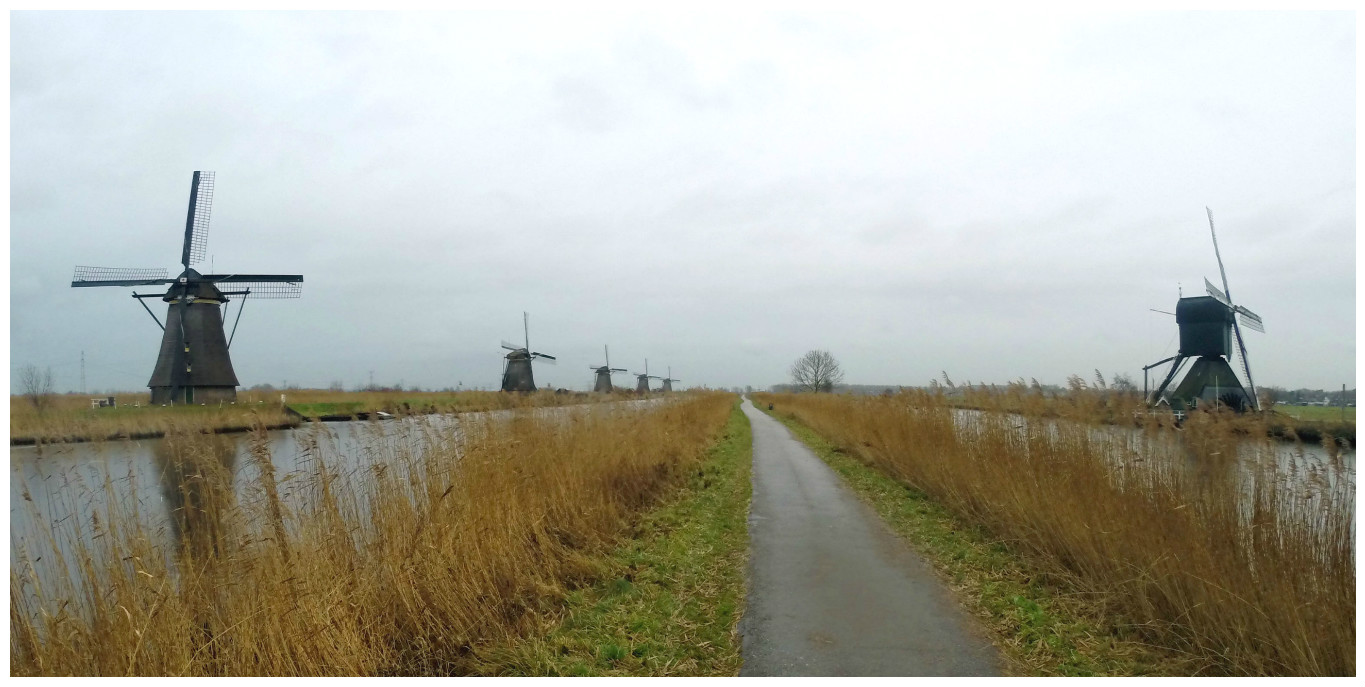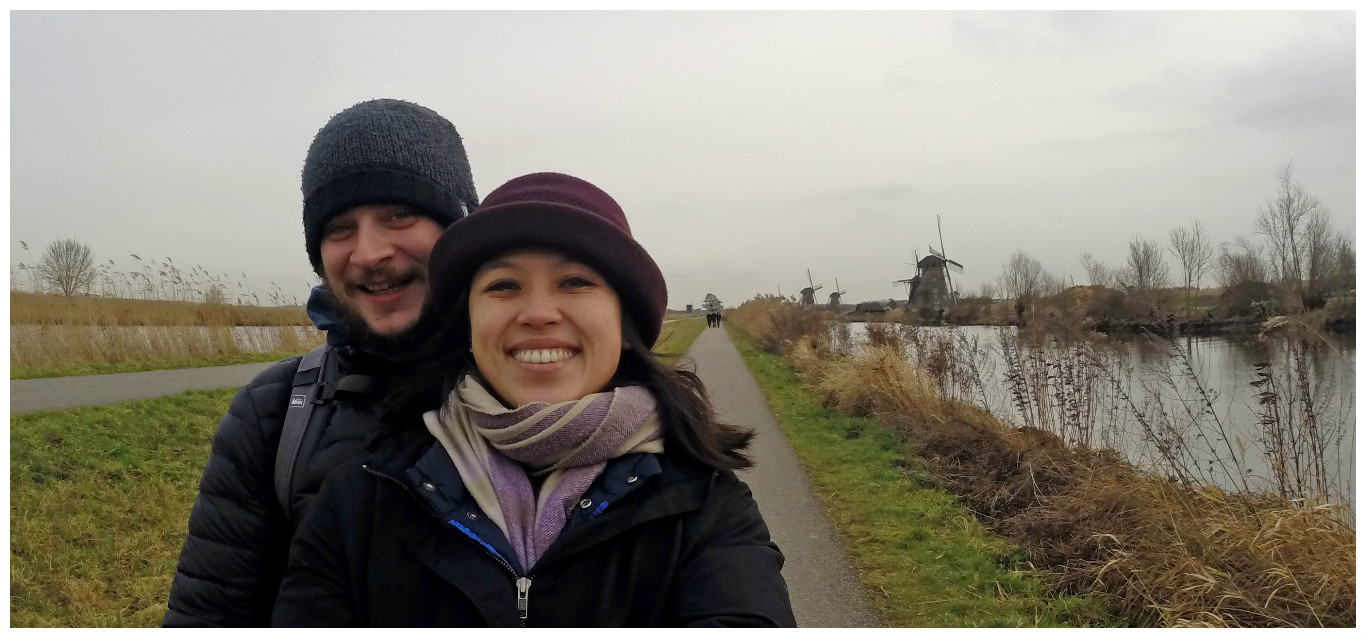Holland is to the Netherlands what Bavaria is to Germany: a state which, in this case, is particularly known for its tulips, wooden clog shoes, and windmills.
The first encounter I had with this exact assortment of things was in Solvang, CA as a kid with my family. It’s a wonderful weekend trip. You can take a picture in a wooden shoe and eat danishes (which may or may not have anything to do with the Netherlands—you decide).
But that’s besides the point.
We’re now in the real Holland, and things are like that, but more. Not like “bigger and better,” which can be argued is true, but like more convincing. Here there are certainly wooden clogs ALL OVER tourist shops. But wooden clogs are also decorative pieces on real homes around here. Can’t say I’ve seen anyone, tourist or otherwise, wearing wooden clogs yet.

On our way to Rotterdam from Amsterdam I remember passing a windmill (or even two) on the train over. But they’re not really a city fixture, traditional windmills.
So we set off to the village of Kinderkijk, the most windmill-dense area in the world! It’s only 15 km from Rotterdam, and took us an hour to get there by metro and bus.
Kinderkijk is actually below sea-level, and the watermills are there to drain water and keep the peat land dry. 17 mills were built between 1738-1740 to accompany the existing polder mills in the area. Today, the UNESCO World Heritage site is comprised of 19 mills in their original state as “proof of human inventiveness in reclaiming and protecting the land.”
Nowadays more high-tech versions manage the water levels, even though the original windmills are still functional. The new water management systems used steam when they were first built in 1868, but then were updated to use electricity in 1924.
A couple of the mills have been turned into museums for visitor exploration, but all were closed to visitors for maintenance until February 10, so we enjoyed the exteriors and landscape scenery. We didn’t get much explanation while we were there, but there’s plenty of information to research online.
Did you know that there’s a “Language of the sails“? The position of a windmill’s sails when not moving can communicate that the windmill is stopped for a short break, a long break, a sad or a joyous occasion.
We saw many windmills in the operating/short rest position:

We saw a few in action too:
With the winter season upon us and rain in the sky, we had most of Kinderkijk to ourselves.
The pathways are bike friendly and with all the marshy land, there are plenty of water birds. I read that in winter visitors might bring along their ice skates! Despite the wind and rain, it wasn’t cold enough to freeze the water there. Can’t say I understand how the mills work when the waters are frozen either, but Kinderkijk has staying strong and dry for hundreds of years now. 



Didn’t know that the sails’ positions, when motionless, communicated information. Love learning about all these fascinating facts! Thank you!
love the pictures and history